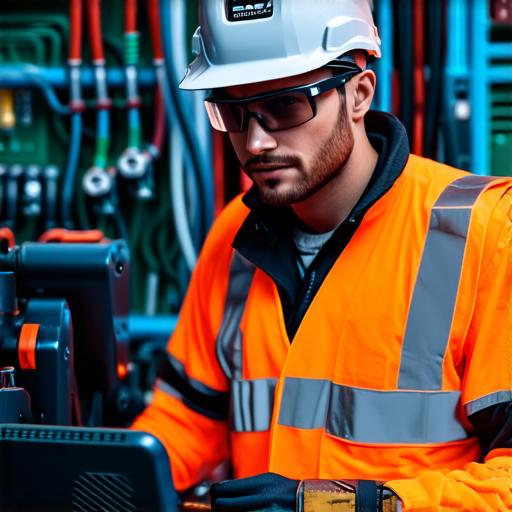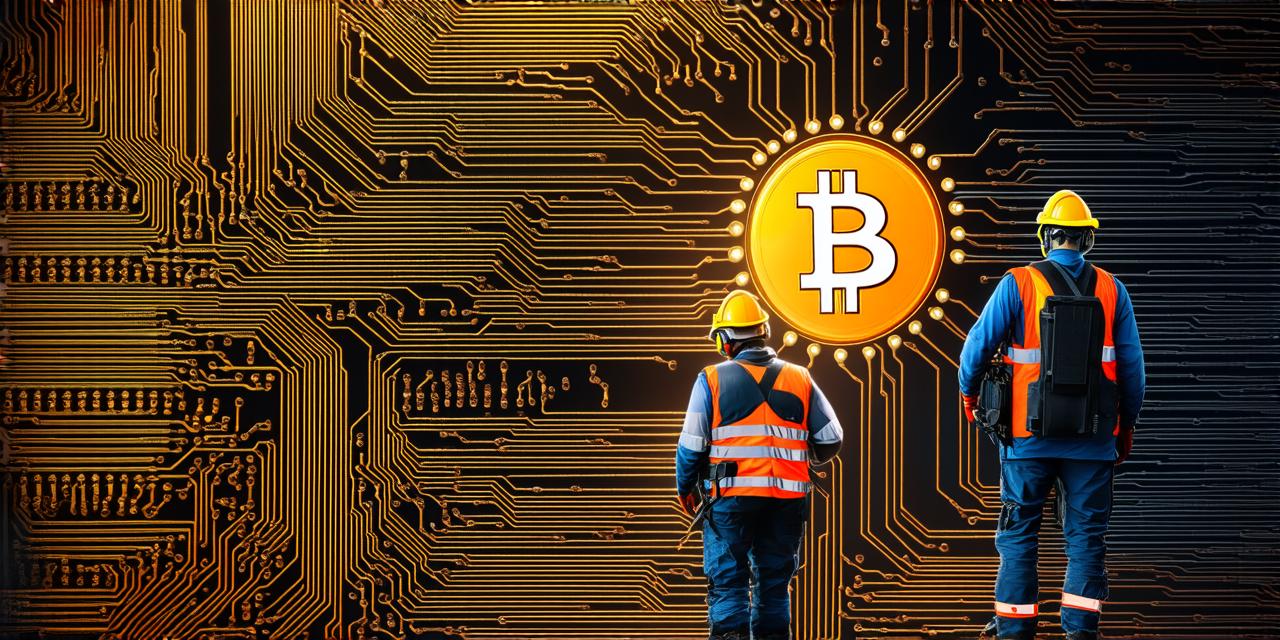
Blockchain mining is an exciting process of adding new transactions to the blockchain network. It requires a significant amount of computing power and electricity, making it an expensive endeavor. However, with the right tools and knowledge, anyone can participate in the mining process and potentially earn a reward for their efforts.
Understanding Blockchain Mining
Blockchain mining involves verifying transactions, adding them to the blockchain, and earning cryptocurrencies as a reward. Miners use powerful computers to solve complex mathematical algorithms that validate transactions and ensure their integrity. The first miner to solve the algorithm is rewarded with newly minted cryptocurrency.
Requirements for Mining
Before you can start mining, you will need the following:
- A powerful computer with a Graphics Processing Unit (GPU) or Application Specific Integrated Circuit (ASIC)
- Access to a reliable internet connection
- A cryptocurrency wallet where you can store your earned cryptocurrency
- Knowledge of blockchain mining concepts and terminology
Choosing the Right Mining Pool
A mining pool is a group of miners who work together to mine a blockchain network. By joining a pool, you can increase your chances of earning a reward and reduce the risk of wasting time and resources on unsuccessful attempts.
There are many mining pools available, but it’s important to choose one that aligns with your goals and budget.
Some factors to consider when choosing a mining pool include:
- The minimum investment required to join the pool
- The pool’s location and the local electricity costs
- The pool’s reputation and transparency
- The pool’s profit-sharing model
Setting Up Your Mining Equipment
The first step in mining is setting up your mining equipment. This involves installing the necessary software, configuring it to work with your chosen mining pool, and connecting it to the internet.
For beginners, we recommend starting with a GPU miner. GPUs are more affordable than ASICs and can still be highly effective at mining cryptocurrencies. However, if you have access to an ASIC, this is also a viable option for experienced miners looking for higher returns.
When setting up your equipment, it’s important to ensure that it is properly ventilated to prevent overheating and damage to the components. You should also regularly monitor the performance of your mining equipment and make any necessary adjustments to optimize its efficiency.
Mining Process Explained
The mining process involves several steps, including:
- Verifying Transactions: Miners use their computing power to verify transactions on the blockchain network. This involves checking the transaction’s integrity and ensuring that it follows the rules of the network.
- Solving Mining Algorithms: To add a new block to the blockchain, miners must solve complex mathematical algorithms. The first miner to solve the algorithm is rewarded with newly minted cryptocurrency.
- Adding Blocks to the Blockchain: Once the mining algorithm is solved, the new block containing the verified transactions is added to the blockchain.
- Earning Rewards: As a reward for their efforts, miners receive newly minted cryptocurrency. The amount of cryptocurrency earned depends on the network’s difficulty level and the miner’s share of the computational power used to mine the network.
